Company Updates
2021 Year in Groceries: A Year Inspired by Food Trends & Back to Normal-ish Buying
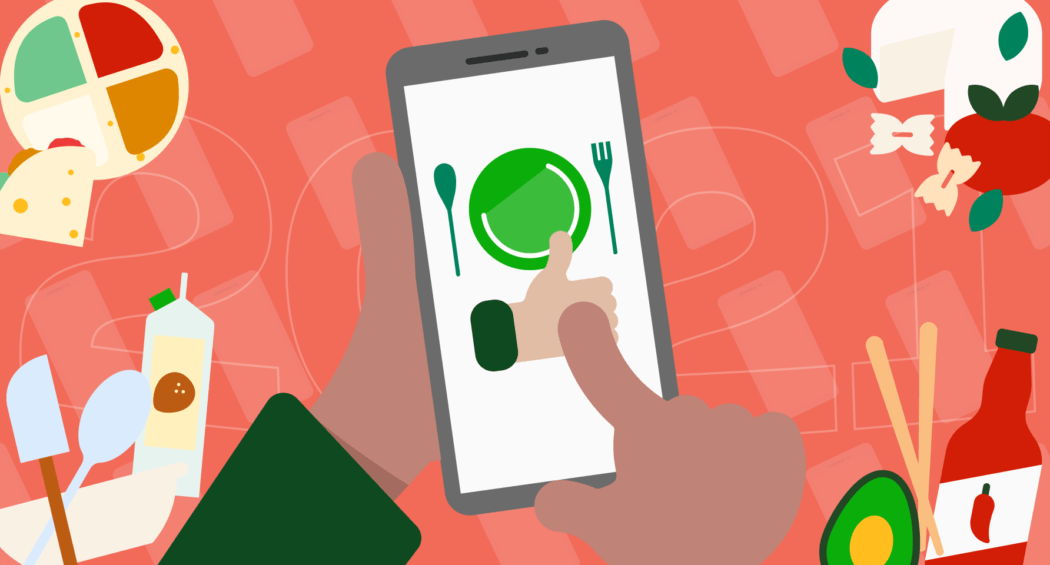
Without a doubt, 2020 changed us, and so much of what we learned and gravitated toward during the early days of the pandemic has continued to influence our shopping behavior into 2021. In a nutshell, 2021 was a back-to-normal(ish) year for groceries with the addition of social media food culture as an influencing mainstay. We kicked off the New Year by cozying up in our kitchens and experimenting with viral TikTok food trends, and as life started to return closer to a pre-pandemic state of normal, a lot of our grocery shopping habits also shifted, and we started purchasing convenient, on-the-go foods again.
Now, let’s dive a little deeper to learn more about the year’s top food trends, trending grocery products, and how the influence of TikTok and other social media platforms have fundamentally changed the way we approach food, cooking, and grocery shopping…
The ‘Tok’ of the Town: 2021’s Top Food Trends
Over the past 12 months, viral food trends — especially via TikTok — have emerged and taken on a life of their own with millions of hashtag views and shares. But when it comes to the digital grocery aisles, we wanted to know: Are these food trends actually making their way to customers’ grocery carts or are they mostly a flash in the pan racking up nothing but likes and views?
According to a recent Instacart survey among more than 2,000 U.S. adults conducted online by The Harris Poll, 44% of Americans tried making a social media food trend in 2021. Further to that, more than 1 in 3 Americans (36%) say social media has changed how they approach cooking at home.
With nearly half of Americans claiming they tried making a social media food trend this year, we wanted to find out which trends actually made it into kitchens across the country, so we dug into Instacart’s survey and purchase data to find out.
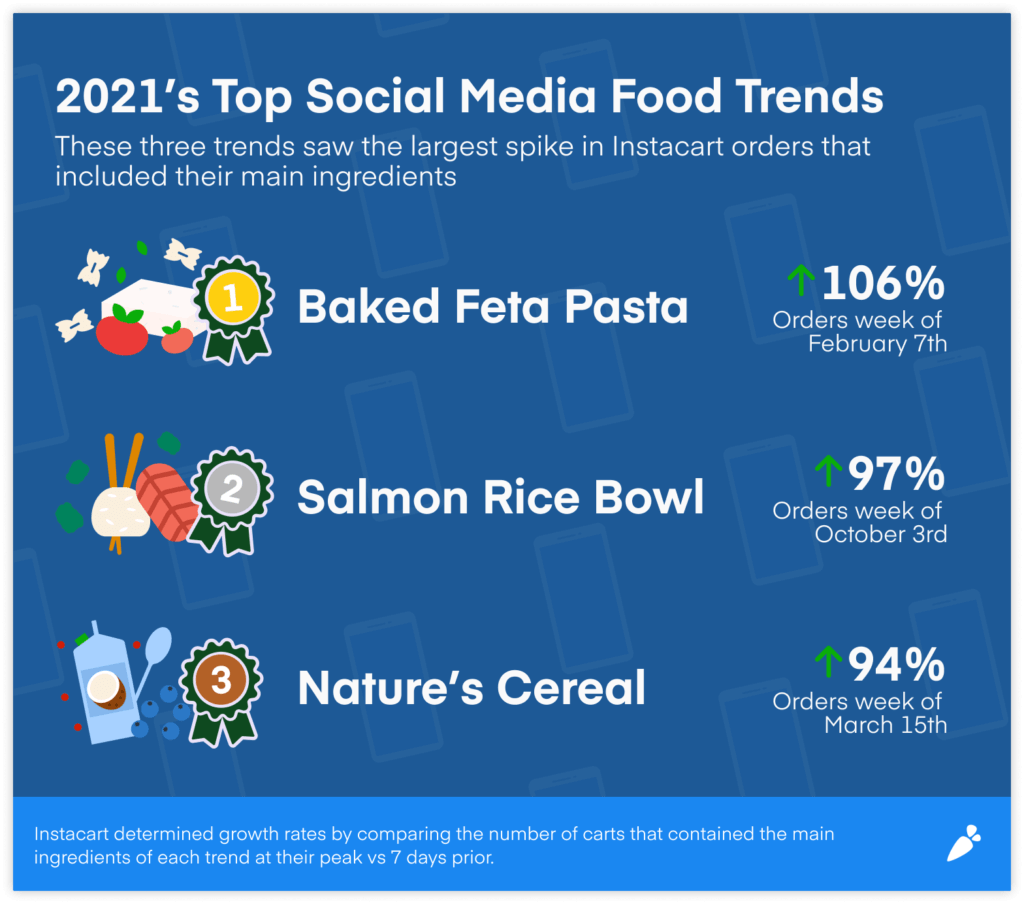
#1 – Baked Feta Pasta: We kicked off 2021 with a bang as Jenni Häyrinen’s (@liemessa) Baked Feta Pasta quickly soared in popularity and started showing up on dinner tables everywhere. According to Instacart purchase data, the number of orders containing ingredients for Baked Feta Pasta had its largest spike when it increased by 106% on February 7.
- Peak search day: On February 9, “Feta” peaked as the 125th most popular search term on Instacart out of hundreds of thousands of unique daily searches — climbing the ranks by 308 spots from two weeks prior.
- Regional breakdown of who made the dish:
- Northeast (16%)
- West (15%)
- South (11%)
- Midwest (9%)
#2 – Salmon Rice Bowl: What can you make with leftover salmon and rice? This bowl of course! Emily Mariko’s (@emilymariko) Salmon Rice Bowl food trend rose to popularity this fall as a tasty way to finish your leftovers with the help of Kewpie mayo, sriracha, avocado, kimchi, soy sauce, seaweed snacks, and more. Orders containing Salmon Rice Bowl ingredients peaked on October 3 with a 97% growth rate.
- Peak search day: On October 5, “Seaweed” peaked as the 222nd most popular search term on Instacart out of hundreds of thousands of unique daily searches — climbing the ranks by 623 spots from two weeks prior.
- Regional breakdown of who made the dish:
- West (16%)
- Northeast (14%)
- South (11%)
- Midwest (10%)
#3 – Nature’s Cereal: Following Baked Feta Pasta in February, it didn’t take long for another viral social media food trend to catch fire. With the help of Lizzo, Sherwayne Mears’ (@natures_food) Nature’s Cereal gained tremendous traction in March with the recipe ingredients — berries, coconut water, and ice — peaking at a 94% order growth rate on March 15.
- Peak search day: On March 11, “Coconut Water” peaked as the 169th most popular search term on Instacart out of hundreds of thousands of unique daily searches — climbing the ranks by 157 spots from two weeks prior.
- Regional breakdown of who made the dish:
- Northeast (15%)
- West (14%)
- South (10%)
- Midwest (8%)
Gen Z & Millennials: Here👏For👏The👏 Trends. Many people know TikTok as the Gen Z social media platform of choice, but according to Instacart’s survey, Gen Z’ers and Millennials are more likely to have tried making a viral food trend recipe in 2021 than any other generation. Nearly three quarters of Gen Z’ers ages 18-24 (71%) and Millennials ages 25-40 (70%) tried making a social media food trend in 2021, compared to 35% of Gen X’ers (ages 41-56) and 24% of Boomers (ages 57-75). When it comes to the top two TikTok trends that made an impact in grocery aisles — Baked Feta Pasta and Salmon Rice Bowl — Millennials were even more likely than Gen Z’ers to have tried these two food trends, according to our survey:
- Baked Feta Pasta: (Millennials: 25% vs. Gen Z: 16%)
- Salmon Rice Bowl: (Millennials: 27% vs. Gen Z: 18%)
Hot 📈 & Not 📉 Grocery Items of 2021
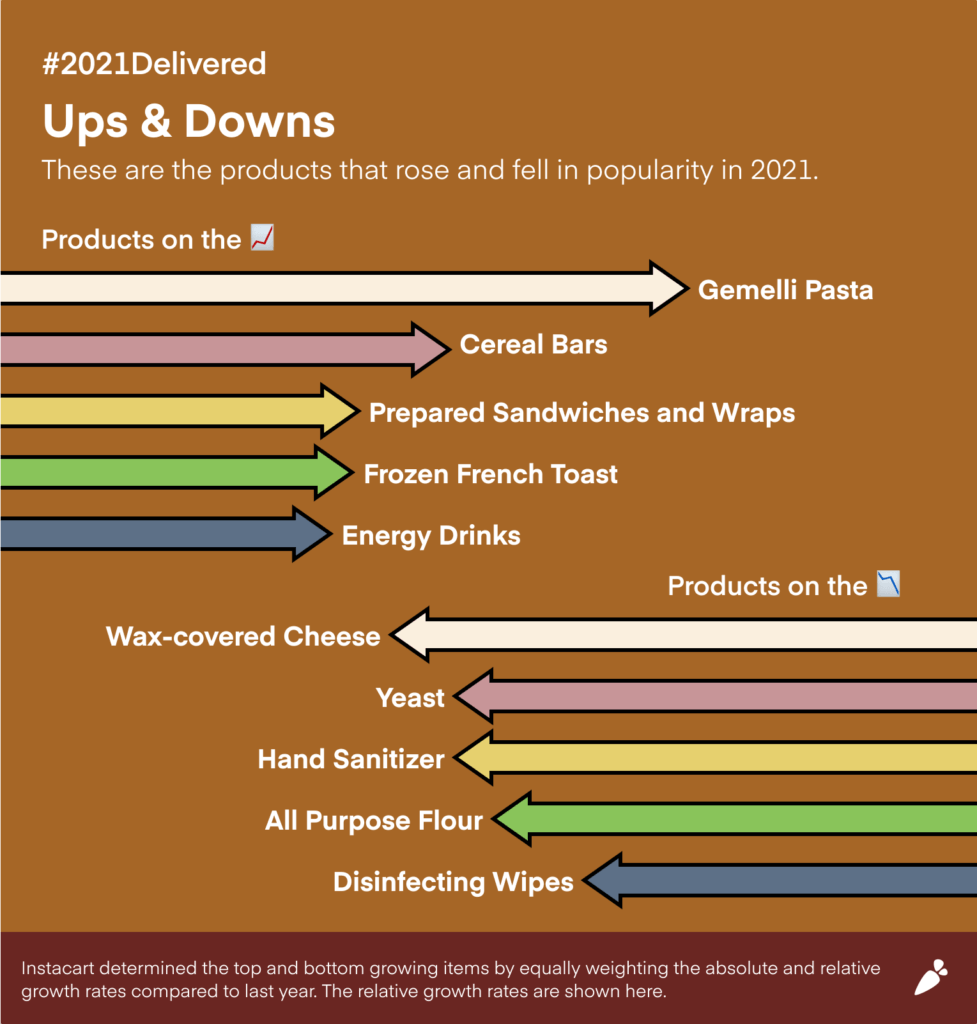
This year, we started returning to a pre-pandemic state of normal(ish), and our grocery buying habits reflected that with convenient, on-the-go, and easy prep foods stacking the list for the top trending foods of the year:
- Gemelli Pasta: +457%
- Cereal Bars: +193%
- Prepared Sandwiches and Wraps: +94%
- Frozen French Toast: +86%
- Energy Drinks: +62%
The grocery items leading the shrinking category in terms of growth largely reflect what we were buying at the start of the pandemic:
- Wax-covered Cheese: -67%
- Yeast: -57%
- Hand Sanitizer: -57%
- All Purpose Flour: -51%
- Disinfecting Wipes: -37%
2021 Delivered – A Personalized Tour of Your Year in Groceries

Curious about which grocery items were “hot” and “not” in cities across the U.S.? Check out Instacart’s first-ever 2021 Delivered, an interactive, personalized experience for a deep dive into the groceries that defined the year. Within 2021 Delivered, you can browse a national view or search by city to learn about local food trends, top purchases for holidays, and even how many bananas were delivered in your town or city, and so much more. For example, Instacart customers in Los Angeles ordered enough bananas to stack as high as 87,196 Hollywood signs. 😮🍌
From there, you can download and share your favorite personalized 2021 Delivered cards with family and friends to see how your cities compare.
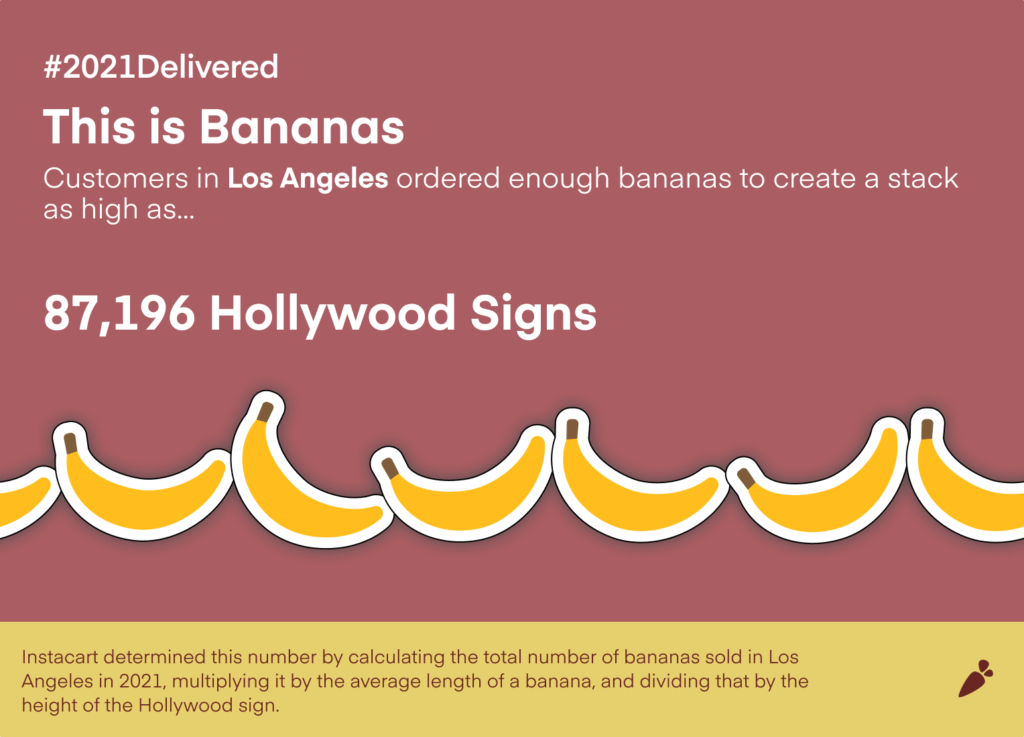
On The Road To Normal(ish)
Earlier this year we released Instacart’s Pudding Pack Index, an index for normalcy through the lens of groceries. It turns out that a collection of quintessential kids’ lunchbox items like pudding packs, granola bars and fruit snacks is the single strongest indicator in Instacart’s massive grocery catalog that America is on the move again.
Why? Because shopping behaviors around kids’ snacks are some of the most stable and predictable that we see across all of our grocery data — they’re not at the mercy of trends and therefore give us a wonderfully clear benchmark for “normal.” Parents represent a cross-section of American culture on every level, and when they’re adding pudding packs to their cart, it means they’re also starting to head back to the office, drop their kids off at school, take vacations, and more.
The Pudding Pack Index chart outlines the ebbs and flows of our slow return to normalcy over the past year and a half. During the full first month of stay-at-home orders in April 2020, the index reached an all-time low plunging 49.6% lower than pre-pandemic levels. The closest we’ve been to the normal pre-pandemic rate was this past July — only 3.7% away. Today we’re back down to 12.6% below “normal,” with the jury out on how potential winter surges and new variants of concern may impact the trendline.
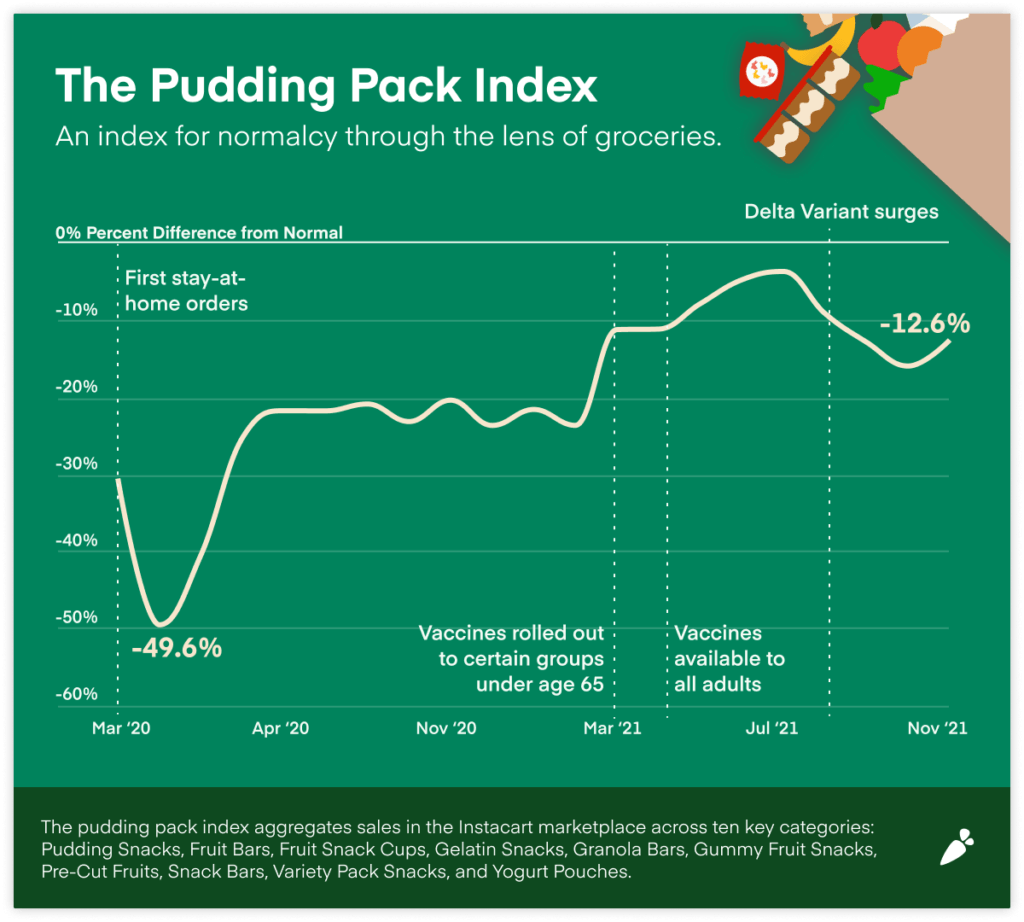
“As the Delta variant continues to surge and with news of the Omicron variant mounting, the Pudding Pack Index has fallen 12.6% below pre-pandemic levels, but on the whole, we’re much closer to normalcy now than this time last year,” said Laurentia Romaniuk, Instacart’s Trends Expert. “In the coming weeks, we can expect the Index to start dropping until we learn more about the Omicron variant, following the similar downward trend that we saw when the Delta variant first started to spread this summer.”
What’s In Store for 2022?
It’s been a fascinating year in groceries, but what’s next? According to Romaniuk and our recent Harris Poll survey findings, the impact of social media food trends on grocery carts and our cooking habits will be one of the biggest trends to watch in 2022. In addition, we expect to see grocery habits continue to normalize as we approach two years of living with COVID-19. Here are our three main predictions for 2022:
- Our favorite social media food trends will become part of the weekly meal planning and cooking regimen with comfort food trends really taking off.
According to Instacart’s survey, among those who tried making a social media food trend in 2021, 90% say at least one has made it into their regular cooking rotation, while 11% said more than 5 social media food trends made it into their regular cooking rotation. Instacart’s purchase data also shows that popular food trends like Baked Feta Pasta and Nature’s Cereal are becoming recipe mainstays in the kitchen with 12% and 15% of customers who made the dish ordering ingredients for it three or more times this year.
We can also expect comfort food trends to take off in 2022, with Instacart’s recent survey showing that 33% of Americans are interested in making social media food trends related to comfort foods.
“Based on the overwhelming growth of social media food trends this past year, we can expect to see even more viral food moments showing up and influencing the way we meal plan, shop for groceries, and cook in the kitchen,” said Romaniuk. “Social media platforms, including TikTok, make it easy for anyone to share and be inspired by creative cooking. In the New Year, we predict there will be an even greater increase in new recipes and unconventional culinary concepts coming from home chefs everywhere around the world. In particular, we can expect to see new renditions and variations of our favorite comfort foods, including pastas, stews, and casseroles take off especially as we hunker down for the colder winter months ahead.”
- Consumers will look for connection points between social media inspiration and home cooking.
More than 1 in 3 Americans (36%) say social media has changed how they approach cooking at home, including the methods they’re using for cooking, the types of meals they’re making, and how they choose which recipes to make, according to the survey. This checks out on the social media side of things as we’re seeing a new proliferation of home cooking creators emerge and more than 5.8 billion views for the #HomeCooking hashtag on TikTok.
“With viral food trends making a noticeable impact on Instacart grocery carts this past year, we expect consumers to look for more connection points between social media inspiration and how they cook at home, which includes grocery shopping,” said Romaniuk. “We’re excited to keep an eye on how new social media food trends continue to impact real-world grocery carts and be a part of helping to bridge the gap between inspiration and kitchen reality.”
- Grocery shopping will continue to normalize as we further adapt to life with COVID-19.
The pandemic has had a tremendous impact on the groceries and household essentials we purchased in 2020 and 2021, and today, everyone continues to grapple with the long-lasting effects of the pandemic with supply chain challenges and shortages.
“We’re quickly approaching two years of living with COVID-19 and our shopping patterns have normalized a lot during this period of time,” said Romaniuk. “Comparing our frenzied buying from more than a year and a half ago to more or less back-to-normal behavior in recent months, while still in the midst of rising COVID cases and new variant concerns, is a testament to our resilience and overall adaptability. Even though our current buying habits might fluctuate here and there based on what’s happening in the world, we’re largely on the path to a pre-pandemic normal and our grocery ordering should continue to reflect that in the New Year.”
Cheers to a fun and flavorful 2022!
Survey Method:
This survey was conducted online within the United States by The Harris Poll on behalf of Instacart from November 11-15, 2021, among 2,013 adults ages 18+. This online survey is not based on a probability sample and therefore no estimate of theoretical sampling error can be calculated. For complete survey methodology, including weighting variables and subgroup sample sizes, please contact [email protected].
Adjusting for Growth:
We adjust Instacart growth percentages by the overall growth of total deliveries. Doing so removes the influence of our platform growth so we can focus on the change in consumer behavior.
Most Recent in Company Updates

Company Updates
Instacart Launches Community Carts for 10 Los Angeles-based YMCAs, Unlocking Crowdsourced Donations for Victims of the LA Wildfires
As wildfires continue to sweep through Los Angeles County, we know that connecting temporary emergency relief centers helping care for tens of thousands of people to the much-needed groceries and supplies they need is more…
Jan 12, 2025
Company Updates
Helping the people of Los Angeles with access to fresh groceries and essentials
We are devastated by the effects of the wildfires sweeping through Los Angeles, impacting tens of thousands of people who have lost their homes, have been forced to evacuate, or are on call to evacuate…
Jan 9, 2025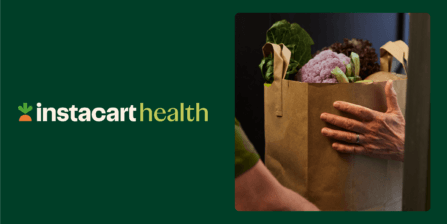
Instacart Health
Making Expert Nutrition Advice Accessible and Actionable with Instacart Health
It should be easy to understand how nutritious a food is, but we’ve all been there – studying the fine print on a package, trying to figure out how it fits into our health needs…
Dec 20, 2024

 Third Annual Turkey Day Exposé: Breaking Down This Year’s Big Meal
Third Annual Turkey Day Exposé: Breaking Down This Year’s Big Meal  The Great Halloween Candy Debate
The Great Halloween Candy Debate 
